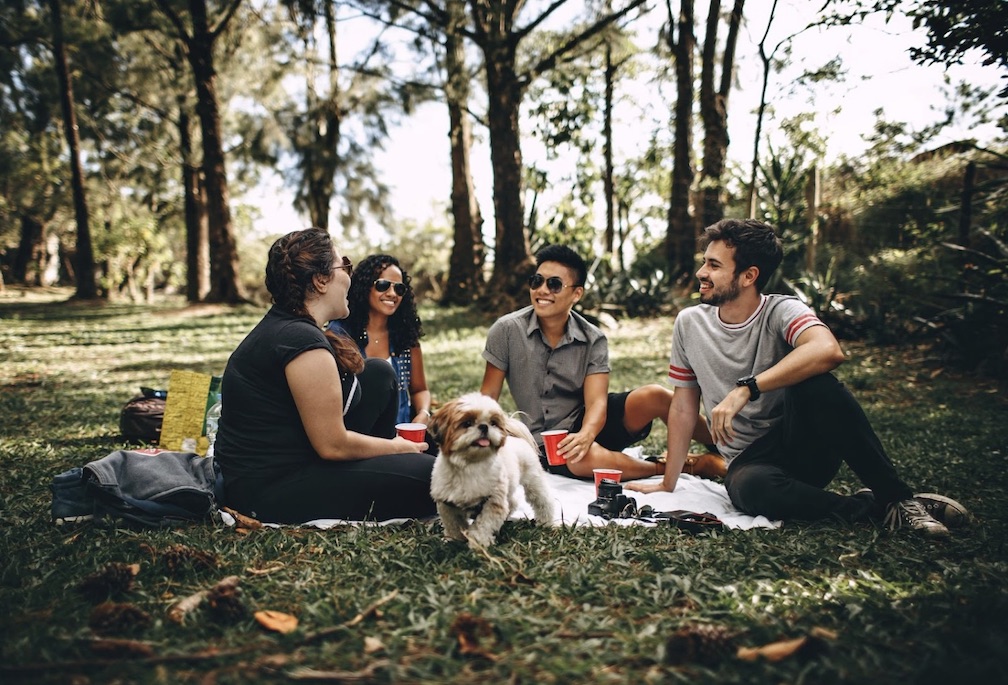Integrating a New Dog Into Your Home And Lifestyle
- Written by Modern Australian

Adopting a new dog is an exciting time, but it can also be challenging, especially when introducing the newcomer to your home, existing pets, and family members. This guide will help first-time and experienced dog owners in New South Wales alike to navigate this process smoothly and effectively. Let’s take a look at how to make your new furry friend feel welcome and secure while mitigating potential issues that might arise.
Before Bringing the Dog Home
Research and Planning
Your preparation should begin before the dog even steps paw into your home. Research the specific needs of the dog's breed or mix, including dietary requirements, exercise regimen, and potential health concerns.
Pet-proofing Your Home
To ensure safety, pet-proof your house. Remove anything that might harm your dog, such as toxic plants, choking hazards, and chemicals. Create a designated space for the dog with a comfortable bed, food and water bowls, and toys. This space will help your dog feel secure.
Gathering Supplies
Stock up on the necessary supplies:
- Food and treats
- Bowls for food and water
- Leash and collar with ID tag
- Crate or dog bed
- Dog toys
- Grooming supplies
- Poo bags for walks
Bringing the Dog Home
Now that your home is ready, it's time to welcome your new family member.
The Arrival
Bring your dog home in a comfortable carrier. Upon arrival, give them time to sniff around and explore their new environment. Keep things calm and quiet to prevent overstimulation.
Setting a Routine
Consistency is key in helping your new pet adjust. Establish a routine for feeding, walks, playtime, and bedtime, sticking to it as closely as possible.
Training and House Rules
Start basic training to establish house rules early on. If necessary, consider hiring a professional dog trainer or attending obedience classes. Remember, positive reinforcement is the most effective and humane training method.
Introducing Your Dog to Family Members
Introductions should be gradual and controlled to reduce anxiety for everyone involved.
To Adults
Have family members sit quietly, letting the dog approach them. They should speak softly and avoid direct eye contact, which dogs can perceive as threatening.
To Children
Educate your children on how to behave around dogs: no pulling, poking, or loud noises. Always supervise interactions between young children and dogs to ensure safety.
To Infants
Introductions to infants should be even more careful. Never leave the dog alone with the baby. Over time, your dog will get used to the baby's sounds and movements.
Introducing Your Dog to Other Pets
When you have existing pets, introductions can be a bit trickier.
To Other Dogs
Start with a neutral territory like a park. Have both dogs on leashes, and let them sniff each other. Look out for aggressive behaviours, and separate them if necessary.
To Cats
Keep them separated initially, allowing them to sniff each other under the door. Gradually increase their exposure to each other, supervising all interactions until you are sure both are comfortable.
To Small Pets
Smaller pets (e.g., rodents, birds) can trigger a dog's prey drive. You may opt to never have these pets interact with your dog if they have an enclosure of their own. If you do allow them to meet, always supervise these interactions, and keep smaller pets in their cages when the dog is around.
Handling Potential Issues
Separation Anxiety
If your dog gets anxious when left alone, start by leaving them alone for short periods and gradually increase the duration. Reward calm behaviour. If it becomes a major issue, consider seeking advice from a vet or a professional trainer.
Aggression
If your dog shows signs of aggression, contact a professional immediately. Don't try to resolve this on your own; aggression can lead to dangerous situations.
Health Issues
Regular veterinary check-ups are essential to catch potential health issues early. Keep an eye out for changes in behaviour, eating habits, or stool, which could signal health problems.
Conclusion
Welcoming a new dog into your home can be an immensely rewarding experience, though it does come with its challenges. With adequate preparation, patience, consistency, and love, you'll have a loyal and happy companion for years to come. Remember that every dog is unique and may require different approaches. However, the basic principles of ensuring safety, establishing routine, and encouraging socialisation remain the same.

























